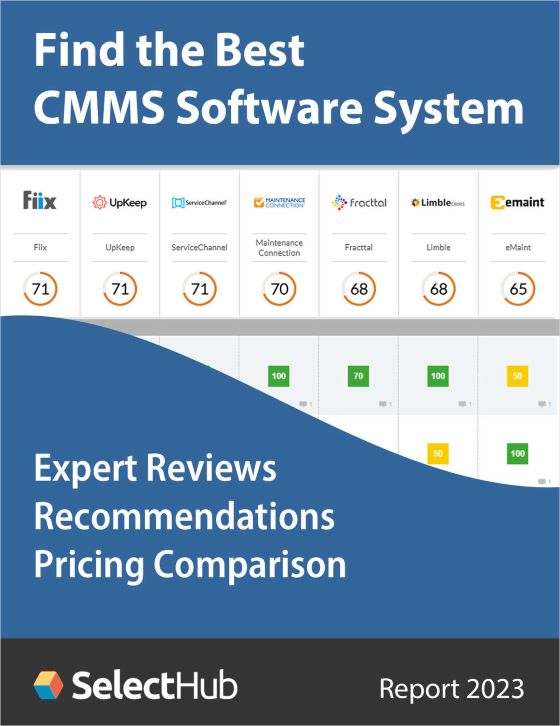
Rick Wagner
In this video from the 4th Annual MVAPICH User Group, Rick Wagner presents: User Managed Virtual Clusters in Comet.
“Hardware virtualization has been gaining a significant share of computing time in the last years. Using virtual machines (VMs) for parallel computing is an attractive option for many users. A VM gives users a freedom of choosing an operating system, software stack and security policies, leaving the physical hardware, OS management, and billing to physical cluster administrators. The well-known solutions for cloud computing, both commercial (Amazon Cloud, Google Cloud, Yahoo Cloud, etc.) and open-source (OpenStack, Eucalyptus) provide platforms for running a single VM or a group of VMs. With all the benefits, there are also some drawbacks, which include reduced performance when running code inside of a VM, increased complexity of cluster management, as well as the need to learn new tools and protocols to manage the clusters. At SDSC, we have created a novel framework and infrastructure by providing virtual HPC clusters to projects using the NSF sponsored Comet supercomputer. Managing virtual clusters on Comet is similar to managing a bare-metal cluster in terms of processes and tools that are employed. This is beneficial because such processes and tools are familiar to cluster administrators. Unlike platforms like AWS, Comet’s virtualization capability supports installing VMs from ISOs (i.e., a CD-ROM or DVD image) or via an isolated management VLAN (PXE). At the same time, we’re helping projects take advantage of VMs by providing an enhanced client tool for interaction with our management system called Cloudmesh client. Cloudmesh client can also be used to manage virtual machines on OpenStack, AWS, and Azure.”
Rick Wagner recently joined Globus as their Professional Services Manager. He was formerly High Performance Computing Systems Manager at the San Diego Supercomputer Center, and a Ph.D. Candidate in Physics at the University of California, San Diego focusing his research on analyzing simulations of supersonic turbulence. In his managerial role, Rick has technical and operational responsibility for two of the NSF-funded Extreme Science and Engineering Discovery Environment (XSEDE) HPC clusters, Trestles and Gordon, and SDSC’s Data Oasis parallel file systems. He has also worked with Argonne National Laboratory on coupling remote large-scale visualization resources to tiled display walls over dynamic circuits networks on the Department of Energy’s Energy Sciences Network. Rick’s other interests include promoting the sharing of astrophysical simulations through standardized metadata descriptions and access protocols, and he is currently serving as the Vice-Chair of the Theory Interest Group of the International Virtual Astronomical Observatory. His latest side project involves working with undergraduates to develop course materials on parallel programming for middle and high school students using Raspberry Pis.




